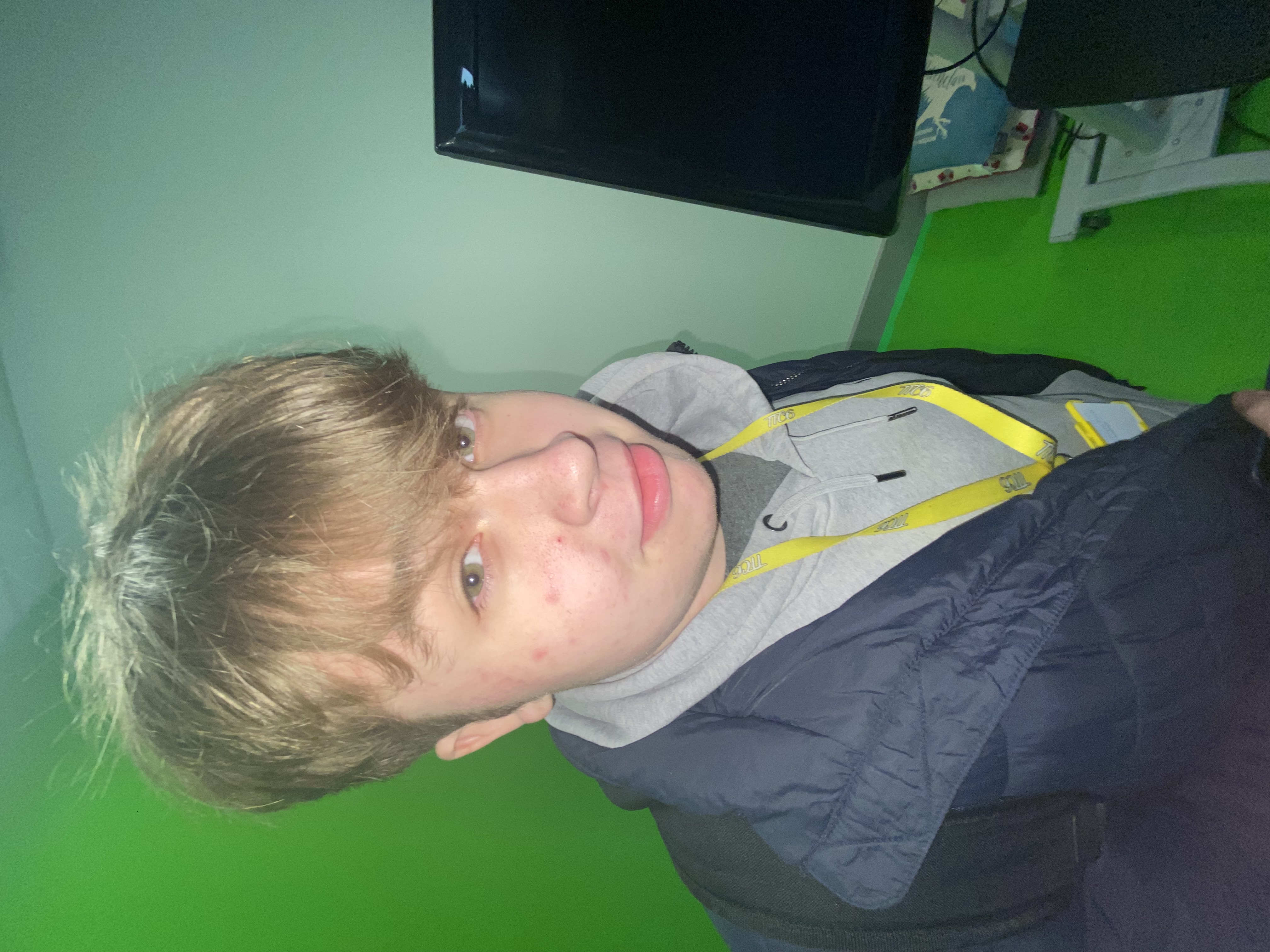Cuban Missile Crisis
Cards (45)
- Cuban Missile Crisis
- Fidel Castro
- Batista's regime collapsed and Castro rode into Havana victoriously
- Facing the inevitable reduction in aid from the US
- The Soviet first deputy premier visited Cuba and arranged 100 million dollars in economic aid
- The relationship between Cuba and the Soviet Union
- For the Soviet Union, Castro's Cuba
- For Castro, the Soviet Union
- The US decided it was time to remove Castro and his regime from Cuba
- Bay of Pigs invasion
- Operation Mongoose
- US military maneuvers in the Caribbean started, known as Operation Quick Kick
- The decision to place Soviet nuclear missiles on Cuba
- Cuban Missile Crisis
- Discovery of the missiles
- EXCOM members
- Proposed military action
- Quarantine
- Quarantine
- Khrushchev failed to keep Cuba out of danger
- Resolution of crisis
See similar decks
AQA A-Level Economics
4581 cardsAQA A-Level Mathematics
1840 cardsAQA A-Level Music
1824 cardsAQA A-Level Chemistry
2987 cardsAQA A-Level Accounting
2542 cardsAQA A-Level Philosophy
1877 cardsAQA A-Level Sociology
2471 cardsAQA A-Level Physics
3710 cardsAQA A-Level Geography
1774 cardsAQA A-Level Politics
1262 cardsAQA A-Level Spanish
2131 cards2024-25 AQA A-Level Physics
4036 cardsAQA A-Level French
2183 cardsAQA A-Level Biology
3538 cardsAQA A-Level Business
2051 cardsAQA A-Level Media Studies
1222 cardsAQA A-Level Environmental Science
2441 cardsAQA A-Level Further Mathematics
2594 cardsAQA A-Level English Language
1047 cardsAQA A-Level English Literature
857 cardsEdexcel A-Level Geography
1080 cards
